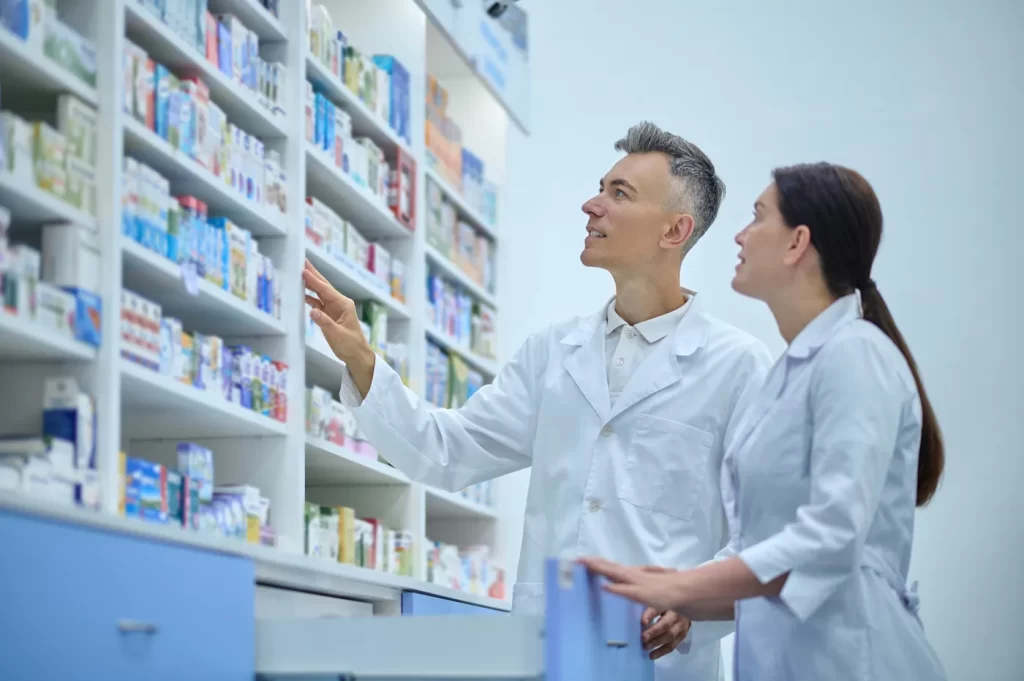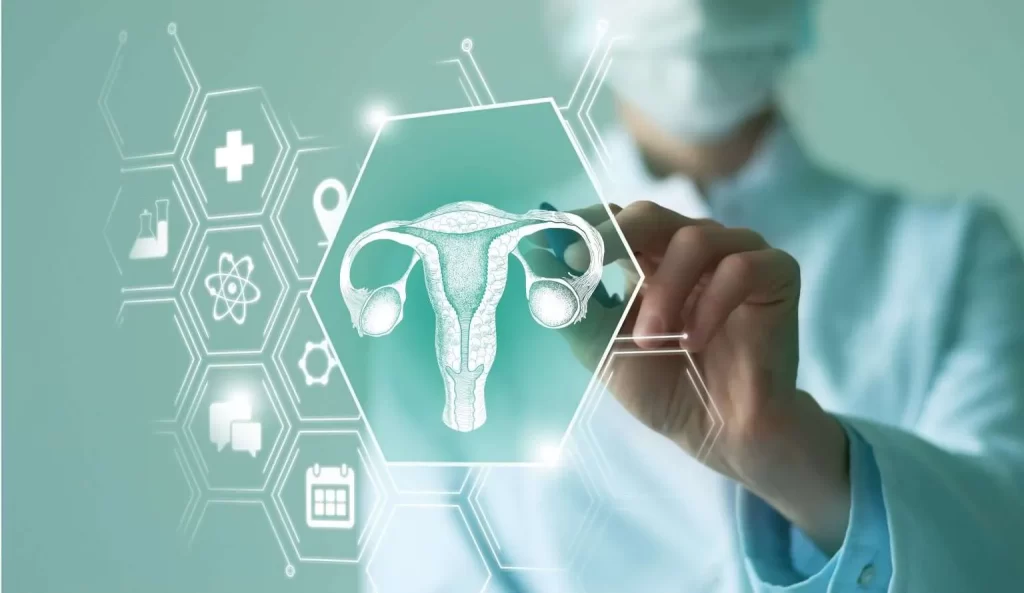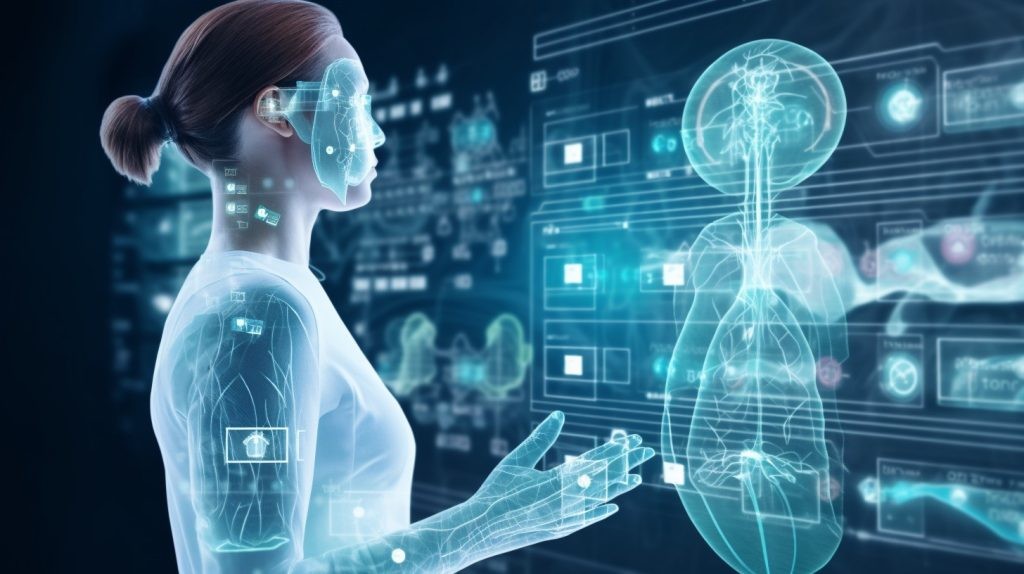Enabling Personalized Healthcare via Remote Patient Monitoring Solutions

What is Remote Patient Monitoring (RPM)?
In 2018, the value of Remote Patient Monitoring (RPM) technology was estimated at $698.4 million. Projections indicate that by 2026, this figure will surge to $1,727.30 million, marking a remarkable growth rate of 13.81% over the forecast period. In the dynamic landscape of healthcare today, RPM emerges as a fundamental component for delivering personalized healthcare.
RPM leverages cutting-edge technology to remotely gather patient-generated health data (PGHD), encompassing vital signs, symptoms, and various health metrics directly from patients using mobile medical devices. This innovative methodology not only bridges the divide between patients and healthcare providers but also facilitates real-time monitoring and management of health conditions.
By enabling the seamless transmission of crucial health data via specialized telehealth computer systems or software applications installed on computers, smartphones, or tablets, RPM equips healthcare providers with the tools to make well-informed decisions promptly. The outcome is a profoundly personalized healthcare experience tailored to the distinct needs of each individual, fostering heightened patient engagement and improved outcomes.
A Brief History of RPM
The evolution of Remote Patient Monitoring (RPM) mirrors the rapid technological advancements in healthcare, signaling a transition towards more proactive and patient-centric approaches in the United States. Innovations like wearable devices, mobile health apps, and cloud computing have played pivotal roles in this transformative journey.
Wearable devices have emerged as key players in RPM, spanning from basic fitness bands to sophisticated health monitors. These devices continuously track vital health metrics such as heart rate, blood glucose levels, and blood pressure. They provide patients with a nonintrusive and convenient means to monitor their health conditions in real-time, allowing for immediate interventions when necessary.
Mobile health apps complement wearable devices by enabling patients to actively engage with their health data. These apps offer personalized insights, medication reminders, and dietary tracking, empowering patients to take charge of their health management journey.
Cloud computing is instrumental in the scalability and accessibility of RPM by facilitating the storage and analysis of vast amounts of health data. This technological infrastructure supports sophisticated data analytics, uncovering trends and offering predictive insights into patient health. Consequently, healthcare providers can make more informed decisions, leading to improved patient outcomes.
The capabilities of RPM technologies highlight a shift from traditional reactive healthcare to a proactive, patient-centered model. Traditional healthcare often relies on intermittent data collected during periodic visits to healthcare providers, potentially missing subtle yet significant changes in patient health. In contrast, RPM enables continuous, real-time monitoring, paving the way for preventive care and early intervention, thus enhancing overall healthcare outcomes.
How does RPM work?
Remote Patient Monitoring (RPM) systems function through a cohesive process that commences with the collection of data via wearables and sensors. This data is then transmitted securely to healthcare providers via digital channels facilitated by mobile health apps and cloud computing platforms. Upon receipt, healthcare professionals meticulously analyze the data to pinpoint any deviations from anticipated health parameters or trends that may signify potential health concerns. Drawing from this analysis, providers offer prompt feedback, fine-tune treatment plans, and conduct remote consultations with patients as necessary.
RPM technology manifests in various forms to cater to diverse health monitoring needs, exemplified by:
- Glucose meters tailored for diabetes management, enabling patients to monitor blood sugar levels regularly and adjust treatment accordingly.
- Heart rate and blood pressure monitors designed for cardiovascular health, allowing individuals to track vital signs and manage conditions like hypertension.
- Continuous surveillance monitors specifically crafted for patients with dementia, providing caregivers with real-time insights into their loved ones’ well-being.
- Remote infertility treatment and monitoring solutions, offering couples the convenience of managing their fertility journey from the comfort of their homes.
- Caloric intake or diet logging programs aiding individuals in tracking their nutritional intake and fostering healthier eating habits.
These examples illustrate the versatility and efficacy of RPM in enhancing patient care across a broad spectrum of medical conditions. By leveraging these technological innovations, RPM is not only reshaping healthcare to be more anticipatory but also personalizing it to align with patients’ unique needs and lifestyles. This shift towards proactive, patient-centered care signifies a promising future where healthcare is more holistic and accessible than ever before.
The Future of RPM in Personalized Healthcare
The future of Remote Patient Monitoring (RPM) is set for transformation with the integration of Artificial Intelligence (AI) and Machine Learning (ML). These technologies will refine RPM by providing advanced data analysis for personalized care plans based on real-time health data. This evolution signifies a move towards anticipatory healthcare, improving outcomes and patient satisfaction. Collaboration among stakeholders is vital to address challenges and foster innovation for seamless integration into healthcare practices.














































